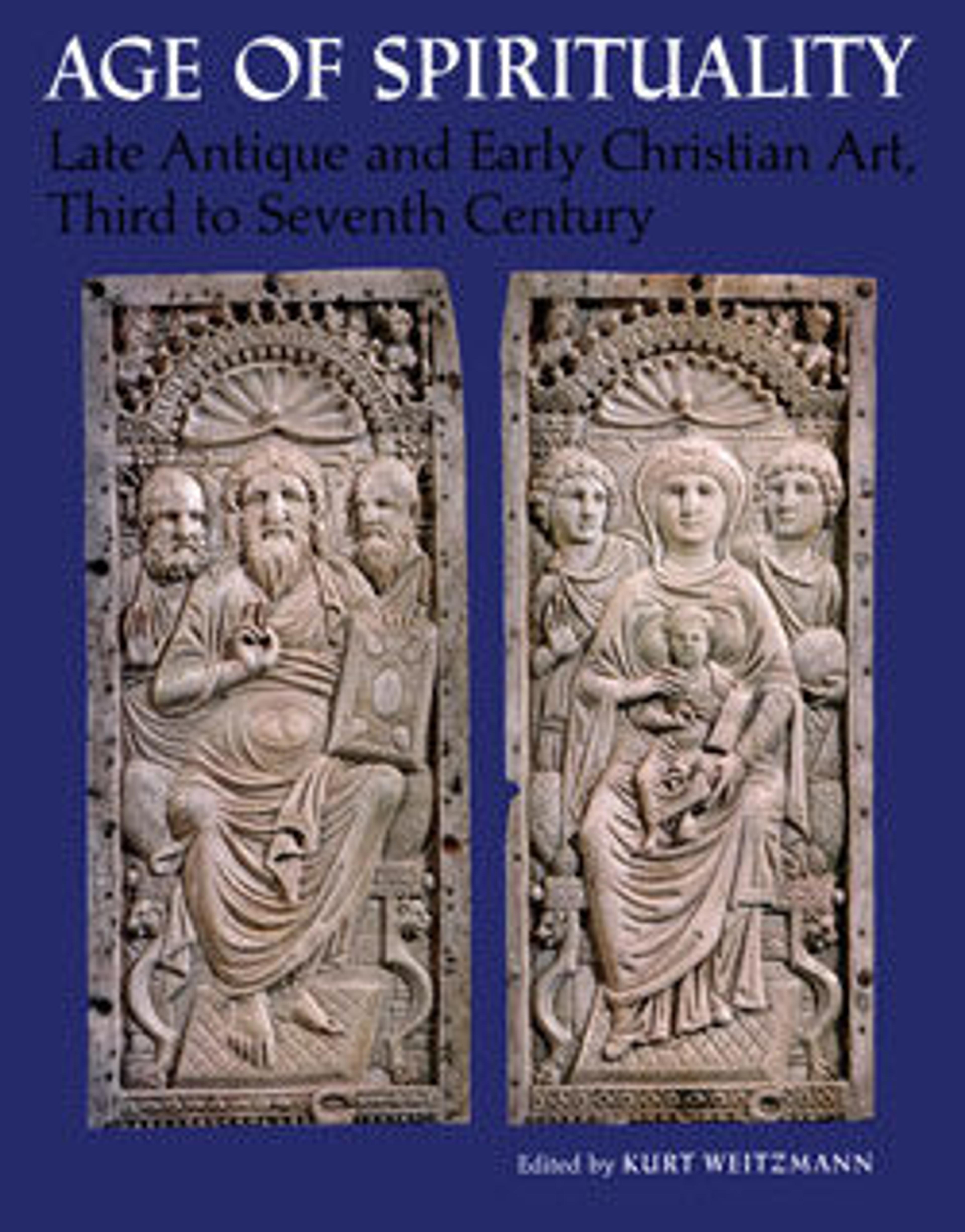Bronze nose piece from a horse's trappings
The decoration is divided into three tiers. In the uppermost, a swan (which may allude to the myth of Leda) approaches a woman who extends her palm; to the right, another woman is seated by an overturned jar. In the second tier, a seated woman is confronted by a standing woman with an outstreched right hand. In the third tier, two nude men are depicted with a seated woman in a tub-like boat. Scholars have debated the identification of this incised, bronze nose piece. It has been considered to be an Etruscan work of the third century B.C. but is, more likely, a much later Roman work of the fourth century A.D.
Artwork Details
- Title:Bronze nose piece from a horse's trappings
- Period:Late Imperial
- Date:4th century CE
- Culture:Roman
- Medium:Bronze
- Dimensions:L. 10 5/16 in. (26.2 cm.)
W. 7 7/16 in. (18.9 cm.) - Classification:Bronzes
- Credit Line:Rogers Fund, 1913
- Object Number:13.225.7
- Curatorial Department: Greek and Roman Art
More Artwork
Research Resources
The Met provides unparalleled resources for research and welcomes an international community of students and scholars. The Met's Open Access API is where creators and researchers can connect to the The Met collection. Open Access data and public domain images are available for unrestricted commercial and noncommercial use without permission or fee.
To request images under copyright and other restrictions, please use this Image Request form.
Feedback
We continue to research and examine historical and cultural context for objects in The Met collection. If you have comments or questions about this object record, please contact us using the form below. The Museum looks forward to receiving your comments.
